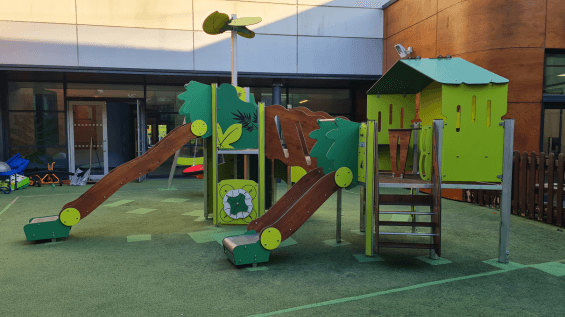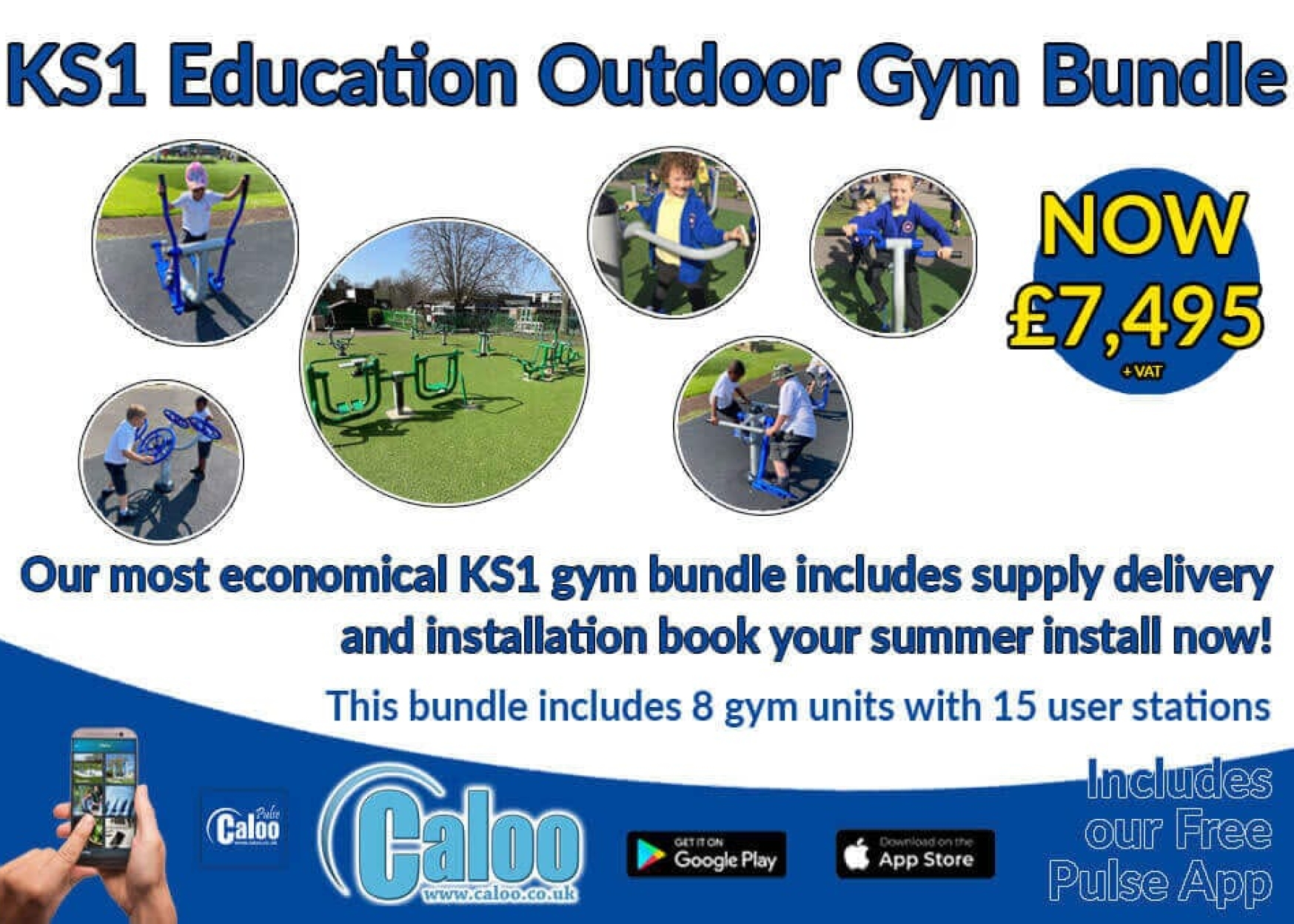
Jun

How to Maintain and Repair Outdoor Playgrounds Safely
Outdoor playgrounds are vital spaces where children grow, learn, and thrive. Whether nestled within an outdoor play area in a school, local park, or community housing estate, these environments do more than entertain – they promote physical health, encourage social interaction, and support educational development. But to ensure playgrounds remain safe and welcoming, regular maintenance and prompt repairs are key.
Keep your outdoor playground safe and inviting with our expert tips on maintenance and repair. From daily inspections to surfacing care, this guide helps schools and communities spot issues early and take action.
In this comprehensive guide, we explore how to maintain and repair outdoor playgrounds safely and effectively. With a friendly and solutions-led approach, we aim to empower schools, councils, and community groups to keep these spaces vibrant and secure.
Why Playground Maintenance Matters
Safety is paramount in any outdoor playground equipment. Damaged or neglected playgrounds can pose serious risks, from slips and trips to more serious injuries caused by broken equipment. Routine maintenance:
• Prevents accidents and protects children
• Extends the lifespan of playground equipment
• Helps identify issues early, reducing long-term costs
• Maintains compliance with UK safety standards like BS EN 1176 and 1177
Moreover, well-maintained playgrounds reflect community pride and responsibility, helping deter vandalism and promoting a sense of shared ownership.
Regular Playground Maintenance Checklist
Consistent upkeep doesn’t need to be complicated. Here’s a practical maintenance checklist that every site manager or caretaker should follow:
1. Visual Inspections (Daily or Weekly)
• Look for broken or loose components (e.g., bolts, screws)
• Check for signs of rust or material fatigue
• Inspect moving parts like swings and roundabouts for smooth operation
• Look out for sharp edges or splinters
2. Clean Surfaces and Structures
• Remove litter and debris
• Wash plastic and metal surfaces to prevent dirt buildup
• Disinfect high-contact areas, especially in school environments
3. Safety Surfacing Checks
• Look for cracks or wear in wetpour
• Check for holes or displaced grass mats or bonded mulch
• Ensure surface levels are even to prevent trip hazards
4. Inclusive Equipment Functionality
• Test accessible swings, ramps, and sensory panels for full functionality
• Ensure all elements are usable by children of all abilities
5. Weather-Related Hazards
• Remove fallen leaves, snow, or ice that can create slippery conditions
• Clear drainage channels to prevent water pooling
Common Signs Your Playground Needs Repair
Some wear and tear is expected over time, but certain red flags indicate the need for immediate action:
• Cracks in plastic or timber structures
• Loose or missing bolts and fastenings
• Unstable play units that rock or sway
• Rusted or bent metal bars
• Faded safety surfacing or bald spots
• Vandalism, such as graffiti or broken fixtures
If any of these issues arise, it’s crucial to take the equipment out of use until repairs are made.
Who Should Carry Out Playground Repairs?
While minor fixes such as tightening a loose bolt can be handled in-house, significant repairs should always be performed by trained professionals. This ensures play safety standards are met and the integrity of the equipment is preserved.
Caloo offers a full suite of inspection and repair services, delivered by in-house experts who understand compliance and equipment design. Whether it’s replacing worn-out parts or resurfacing an area, Caloo ensures that repairs are done safely and efficiently.
Their maintenance and aftercare packages are designed to offer peace of mind to schools and councils, with flexible options to suit different needs and budgets.
How to Care for Safety Surfacing
Surfacing plays a critical role in playground safety by helping to absorb impact, reduce injury risk, and maintain a clean, accessible environment for all users. To ensure your surfacing performs as intended, each type requires tailored care and consistent attention. Here’s how to look after the most commonly used playground surfacing options:
Wetpour
A popular choice for schools and public parks, wetpour provides a seamless, cushioned surface ideal for busy play areas.
• Inspect regularly for signs of cracking, shrinkage, or lifting at the edges. These can pose trip hazards or allow water to pool underneath.
• Clean using a pressure washer or mild detergent to remove dirt, algae, and other debris. Avoid using harsh chemicals that could degrade the rubber.
• Reseal joints and cracks where needed, especially around high-use zones like under swings or at the base of slides, to prevent water ingress and further damage.
• Watch for UV fading, which can indicate ageing. Caloo offers refurbishment solutions to revitalise worn wetpour surfaces.
Bonded Rubber Mulch
Ideal for natural settings or woodland-themed playgrounds, bonded rubber mulch provides a rustic look with excellent shock absorbency.
• Rake regularly to maintain an even surface and prevent compaction, especially after heavy rainfall or foot traffic.
• Check for bald patches where mulch may have worn away or lifted and top up where necessary to maintain safety compliance.
• Repair loose or degraded sections promptly, particularly around the edges or entry points where wear is greatest.
Artificial Grass
Artificial grass is a low-maintenance, visually appealing option that provides a soft and consistent surface for various play areas.
• Brush the grass fibres regularly to prevent matting and ensure a natural appearance. Use a stiff broom or mechanical brush.
• Remove moss, algae, or weeds using an appropriate cleaner or moss killer safe for artificial surfaces. Avoid abrasive tools.
• Refill infill sand as needed to support the grass pile and maintain drainage. A lack of infill can lead to instability or waterlogging.
• Inspect joins and edges for lifting or fraying, particularly after extreme weather or high usage.
SUDS Bond / Resin-Bound Gravel
SUDS Bond and Resin- Bound Gravel are both porous surfacing solutions that are increasingly used for surrounding pathways, picnic spots, and daily mile tracks.
• Sweep regularly to keep clear of leaves, dirt, and loose gravel, ensuring the surface remains safe and visually tidy.
• Power wash occasionally to remove embedded grime and maintain traction. Use a gentle setting to avoid loosening the resin.
• Check for dislodged stones or cracking, especially at edges or where tree roots may be encroaching.
• Maintain drainage performance by ensuring surrounding areas aren’t blocked with mud or organic matter.
By giving each type of surfacing the right care, you’ll not only extend its lifespan but also keep your playground safe, attractive, and compliant with the latest safety standards. Need help? Caloo provides professional inspection and resurfacing services tailored to your site’s specific surfacing needs.
Encouraging Community Ownership
Maintaining a playground isn’t just a facilities task – it’s a community effort. Encouraging local residents, parents, and school staff to take pride in the space can significantly reduce misuse or damage.
• Host community clean-up days
• Display maintenance contact information clearly on-site
• Encourage children to report damaged equipment to staff
Creating a culture of care around a playground enhances its longevity and strengthens community ties.
How Caloo Can Help
As a leading UK provider of outdoor play solutions, Caloo offers more than just equipment. Their end-to-end service includes design, installation, inspection, maintenance, and aftercare – all delivered by a trusted in-house team.
Why partner with Caloo?
• Nationwide coverage with responsive support
• Experienced team knowledgeable in UK safety regulations
• Bespoke solutions tailored to site and user needs
• Long-term support to keep play areas thriving
Caloo also supplies replacement parts and can assist with refurbishments or full playground upgrades.
Final Tips and Takeaways
To ensure playgrounds remain safe, inclusive, and welcoming:
• Inspect regularly and document findings
• Act quickly on repairs
• Clean and maintain surfacing as needed
• Involve the community in care efforts
• Partner with experienced professionals like Caloo for support
By taking a proactive approach to maintenance and repair, schools and councils can provide secure, engaging spaces where children can learn and play freely – now and into the future.
Let’s keep our playgrounds safe, inclusive, and full of joy – because every child deserves a space to thrive.
“`

















